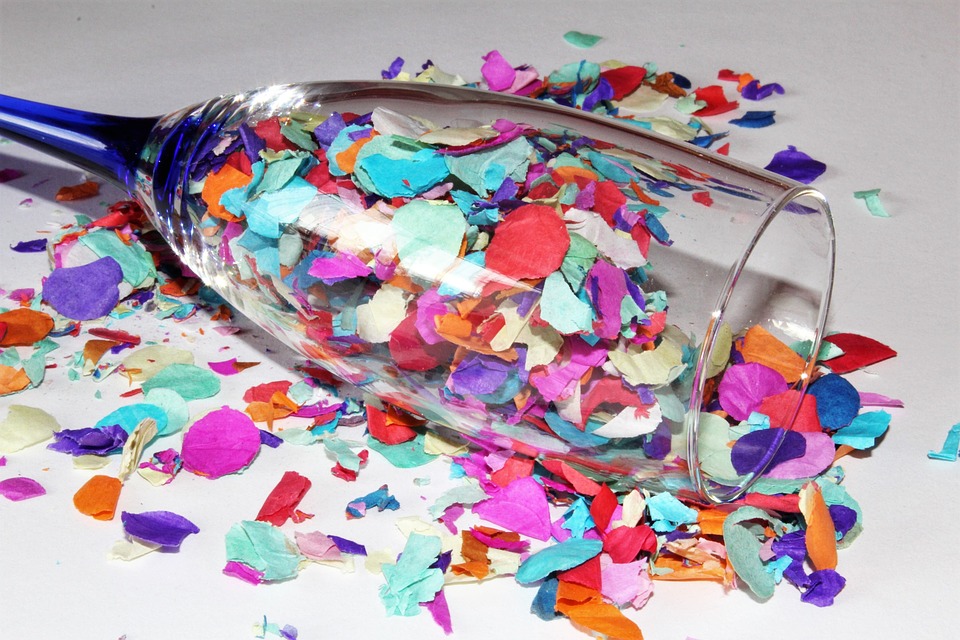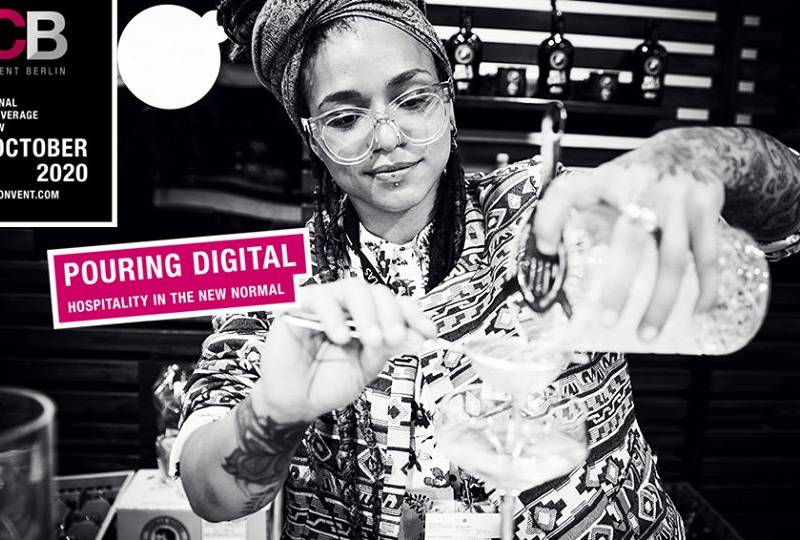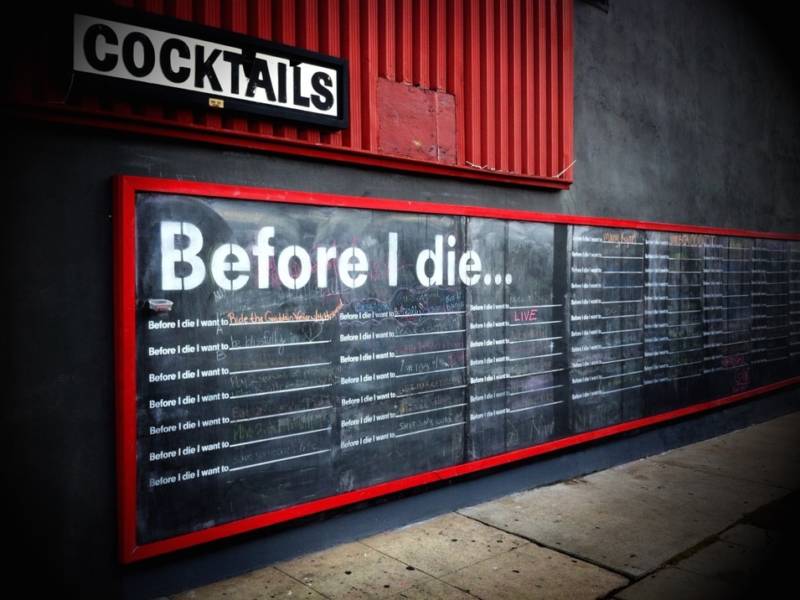Probably every sparkling wine region on Earth should be grateful to Prosecco for discovering of bubble world to common people. It was Prosecco, that has taken sparkling wines out of receptions and weddings onto the everyday life. But few years ago, Prosecco was just another wine from the North part of Italy. Today this sparkling is consumed on five continents and is almost a must-have for at-home occasions and dinners. It has been a long journey to gain this popularity. Some would say, this is due to its uncomplicated character. But a real reason is far under the surface. At the first sight, everything is quite easy. Being cultivated in the plain of Veneto, North-Eastern Italian region with very special terroir, the wine is produced by Charmat method, that gives large quantities in short time. Inexpensive, fruity and light. But is this enough to be a king of the world? Find it out in our Third Part of Bubble Marketing exploration! Let’s go!
Follow the links to find out more about sparkling’s marketing strategies

Italian style
There are few reasons for Prosecco worldwide success. But everything starts with quality control.
Being successful is for bringing strict rules. It is a common thing when popularity brings to the market numerous low-quality competitors. In 2010 Consorzio di Tutela del Prosecco DOC, organisation responsible in Italy for wine quality control and other matters, limited the DOC region, where the grapes should be harvested and wine bottled. The name of the grape was changed as well from Prosecco to the older version – Glera. Moreover, new standards claimed that DOC wines must have 85% Glera grapes. The harvest quantity is also limited: 18 tonnes per hectare, not more.
As a result, some companies speculating on “Prosecco” brand name disappeared. And that brought Prosecco bubbles to more clear standards. The quality approved by DOC and later by DOCG guarantees a fine taste. And people accustomed to a quality product bring it to their everyday life.

Market gap
Ms Ania Zymelka, wine analyst, is sure that Prosecco fulfilled a market gap in the sparkling wine category. The thing is that champagne is too heavy and unaffordable for a every weekend treat or tiny events. The other bubble-drink, cava, was “affordable but … was viewed as the ‘cheap alternative to champagne”.
While Prosecco came along with another basis idea. A life-affirming and positive drink origin from Italy. “In essence, consumers get the ‘bubbles’ which are associated with luxury, at a good price point – an affordable, everyday luxury.”

New nature of events
The tendency of changing core idea of events started before 2020, and after COVID-19 pandemia it only grows stronger. Staying is new going out. “Buying a bottle of Prosecco can feel celebratory even when you are ‘only’ celebrating on your own or with a friend at home,” Ms Zymelka says.
According to Andy Barr, a branding expert at 10 Yetis, most people don’t really care what sparkling they are drinking at a celebration or some other event. Consequently there is no big deal, whether you drink expensive champagne or a cheaper, yet enjoyable alternative, such as Prosecco.

Matter of price
Attractive price for Prosecco has become one of the reasons for its popularity among Z-generation.
Due to economic recessions of the past decade people are more about saving money, not spending them. As a result it has become acceptable to have approachable price alternatives in sparklings for different type of occasions. And Prosecco is the first on a list.
What’s interesting is that consumers are not loyal to any brand in the category, as “Prosecco” itself is regarded as the brand. People just grab from the shelf a bottle on promotion. And this makes suppliers unable to up prices.
By the way, leading role at the lower price segment has become possible for Prosecco due to a different production method known as Charmat. It consists of two processes of fermentation. Both of them are in large tanks, unlike Champagne (aka classical) method, where second fermentation period takes place, when the wine is bottled.

Everyday luxury
Sparkling consumption increases year by year. And Prosecco spearheads this tendency. Particularly, neutral tone of this fizzy drink is a prerogative in this case, though many critics find it a fault.
The whole world is in trend for consumption of drinks with less alcohol and also towards slightly sweet and sparkling wines. In this terms Prosecco is perfect. Against the backdrop of permanent global crises, this is a high time for democratic-priced bubbles from Italian North-East.
“This is a miracle, that Prosecco has done, cutting off classy society. It is sparkling, fine quality and affordable for everybody. You say Prosecco, and everyone understands – it is easy” – Mauro Stival, Moletto
Specialists in the industry are sure, the perspective is great. Yet in 2009 trade magazines reported that Barack Obama celebrated his inauguration with Prosecco. Today, in more than 10 years after, Prosecco is regarded as a part of everyday routine, but not as a cheap alternative to champagne.
According to James Davis, master of wine at Tesco, “people’s attitudes to drinking ‘bubbly’ has changed… It has become a much more accessible experience and an everyday luxury”.

Smoothly mix
Prosecco is easy to mix and this is another key factor of success. Being mixed with Amaro or with peach juice for Prosecco Bellini brings demand for this wine. By now, it is something that’s consumed every day for lunch, brunch and aperitif, because it is easy, fruity and versatile. Over-popular “Spritz” and “Hugo” are based on Prosecco as well.
“Sparkling wine is interesting because it adds different dimensions to mixology. To have still product, this is one thing, but we are bringing something new” – Francesco Bigo, Giulio Cocchi Spumanti
According to Mauro Stival, Enologist from Italian winery Moletto, Prosecco based cocktails are highly popular within Z-generation. The reason is quite clear. People are looking for something low-alcohol and fruity, but still, particular. Consequently, Prosecco is great teamplayer for mixology industry.

Darling of fortune
We can not neglect the fact that Prosecco is a lucky beggar. For example, in Great Britain, sparkling wine consumption has doubled in recent years, and Prosecco is more than half. One of the reasons – economic recessions. Most of the sales come from promotions and anonymous labels sold at the cheapest possible price.
In France, homeland for Champagne, situation is pretty odd. According to DrinkBusiness.com the estimated numbers of Prosecco shipments might grow up to 35% within a year. This is mostly due to marketing policy of the nation’s major retailers, who bet on Italian fizz. In 2019 French government introduced a list of rules to restrict promotions for local products including foie gras and sparklings. This is a part of a wider government act called the Loi EGalim. As the result, consumers are willing to shift from high-priced local products to Italian Prosecco, widely presented by these retailers.
In United States the extraordinary growth of Prosecco sales within the last decade is all about consequent marketing policy. Great example is Ruffino Prosecco as a local market leader with 540,000 cases sold in 2018. “With the adoption of Prosecco into everyday U.S. consumer culture, Ruffino Prosecco has become a lead offering within Ruffino’s total portfolio of quality Italian wines,” notes Julie Rossman, vice president of brand marketing for brand-owner Constellation Brands.
A fly in the ointment
During our visit to BCB 2019, we talked to Mattia Ardenghi from Prosecco Ardenghi, Italy. In his words, marketing situation is not that happy as it might seem from the first sight.
The major problem is in overproduction. Sparklings of different types are produced in every corner of the world. And there is strong price competition that also brings to the surface matter of product quality.
The other problem is that Z-generation has different life approach. Being health-oriented, they made a trend for low-ABV. But generally, it might bring the industry to production decrease. As people drink less but in better capacity, the big goal now is to produce high quality drinks only.

What’s next
To give a bump to Prosecco category, producers are planning to introduce Prosecco Rose in next couple of years. Negotiations with the Consorzio di Tutela del Prosecco DOC are on the go. The question is in production area restricted according to the local law to 23,000 hectares. Even if the production area is consistently pressed, this adds up to hardly more than one-third of the volume produced at the present time. But who knows, up to now Prosecco has always been a darling of fortune.
Anyway, we should admit, that due to the global economic situation, appropriate personal characteristics and consequent marketing policy, Italian fizz has captured our hearts forever.
Chin-chin!
Information Sources: Independent Marketwatchmag The buyer Prowein



